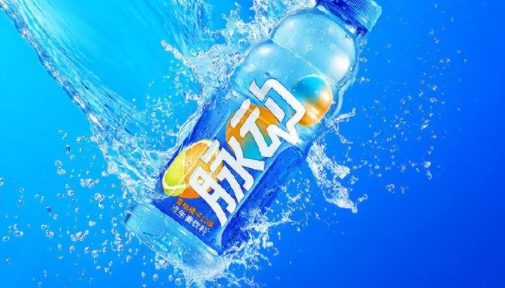A Must-Read for Intellectual Property Novices: Understanding the Differences Between Patents, Trademarks, and Copyrights
Introduction
In today's innovation-driven economy, the importance of intellectual property (IP) is increasingly evident. Whether it is enterprises, entrepreneurs, or individuals, everyone may be involved in the application and protection of patents, trademarks, and copyrights. However, many IP novices may find themselves confused about the distinctions between these three types of IP. As a market research company, we have observed that many businesses miss crucial opportunities for protection due to misunderstandings about intellectual property during their early stages of development. Today, we will take just one minute to provide a simple and clear explanation of the differences between patents, trademarks, and copyrights.
I. Patent
-
Definition: A patent is a legal protection granted to inventors or designers, giving them exclusive rights to their inventions or creations for a certain period of time.
-
Protected Objects: Patents primarily protect inventions (new technical solutions), utility models (improvements to the shape or structure of products), and industrial designs (the shape, pattern, color, etc., of products).
-
Protection Term: The protection period for an invention patent is 20 years, while the protection period for utility models and industrial designs is 10 years (since 2021, the protection period for industrial designs has been extended to 15 years).
-
Application Scenario: If you have developed a new technology, product, or design and want to prevent others from copying or imitating it, you need to apply for a patent.
-
Case: Semiconductor Equipment (Shanghai) Co., Ltd. has applied for numerous patents in the field of semiconductor etching equipment. These patents protect its advanced etching technology, giving it a competitive edge in the fierce market.
II. Trademark
-
Definition: A trademark is a sign used to distinguish the source of goods or services. It can be a word, graphic, letter, number, three-dimensional mark, or a combination of colors.
-
Protected Objects: Trademarks mainly protect brand names, brand logos, slogans, and other similar elements.
-
Protection Term: The protection period for a trademark is 10 years, but it can be renewed indefinitely.
-
Application Scenario: When you create a brand and want to establish brand recognition in the market while preventing others from using similar marks to mislead consumers, you need to register a trademark.
-
Case: The trademark of Coca-Cola (including both the word and graphic elements) is protected worldwide. Consumers can identify its products through the trademark, and other companies are prohibited from using similar marks to mislead consumers.
III. Copyright
-
Definition: Copyright is the legal protection granted to literary, artistic, and scientific works, giving authors exclusive rights to their creations.
-
Protected Objects: Copyright covers literary works, music, drama, dance, fine arts, photographic works, computer software, and more.
-
Protection Term: The protection period for copyright is the author's lifetime plus 50 years after their death (in some countries and regions, it is 70 years).
-
Application Scenario: If you have written a novel, composed a song, painted a picture, or developed a software program, copyright can protect your work from unauthorized copying, distribution, or adaptation by others.
-
Case: J.K. Rowling, the author of the Harry Potter series, enjoys copyright protection. Any unauthorized publication, adaptation, or distribution is considered an infringement.
IV. Quick Differentiation in One Minute
-
Patent: Protects inventions and creations, with a strong technical focus, limited protection term, and a relatively complex application process.
-
Trademark: Protects brand logos, used to distinguish the source of goods or services, with a renewable protection term and a relatively simple application process.
-
Copyright: Protects literary and artistic works, which are automatically protected upon creation, with a long protection term and no need for application (although registration can enhance the level of protection).
V. Recommendations from a Market Research Perspective
From a market research standpoint, enterprises and individuals often need to consider the protection of patents, trademarks, and copyrights simultaneously during the innovation process. For example, a tech company that develops a new smartwatch can:
-
Patent: Protect the core technology of the watch, such as new sensor technology or a unique charging system.
-
Trademark: Protect the brand name and logo, helping consumers identify the source of the product.
-
Copyright: Protect the user interface design and software code of the watch.
Suggestions:
-
Comprehensive Planning: At the early stage of innovation, a comprehensive intellectual property protection strategy should be developed to avoid losing market advantages due to insufficient protection.
-
Professional Consultation: Given the complexity of intellectual property law, it is advisable to consult professional lawyers or agencies to ensure a smooth application process.
-
Continuous Monitoring: Intellectual property protection is not a one-time effort. Continuous monitoring of the market is necessary to prevent infringement.
Conclusion
Intellectual property is the cornerstone of innovation. Patents, trademarks, and copyrights each play their roles in safeguarding the innovative achievements of enterprises and individuals. We hope this article can help IP novices quickly understand their differences in just one minute. If you have more questions, feel free to consult us at any time. Let us work together to protect the power of innovation!

